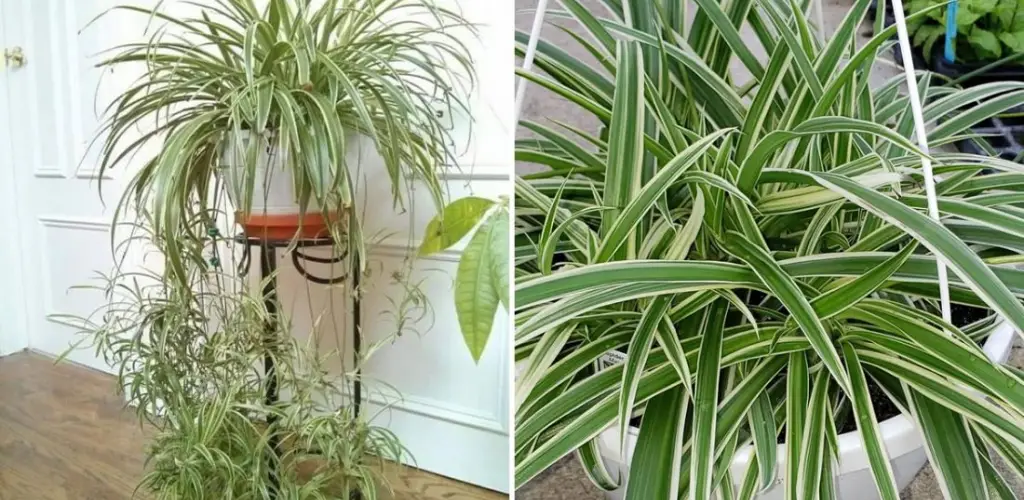
If there is one thing that plant lovers particularly value, it is having a species at home that does not require much attention, is aesthetically beautiful and has a wonderful appearance. This is the case of the Phalanx , a very resistant plant that has numerous properties.
The Phalanx belongs to the genus Chlorophytum , comes from southern Africa and is extremely resilient, as it tolerates even sudden climate changes perfectly.
This plant has long whitish stems adorned with small white flowers and tufts of leaves that can also serve as cuttings to propagate the phalanx and have more than one plant.
There are about 25 species of phalanx, and all of them need to be exposed to sunlight, but during times of extreme heat it is best to keep it in a shady place.
How to heal the phalanx
The phalanx tolerates winter well as long as the temperature does not drop below 14°C. It is best to place the plant in a ventilated place without drafts: for this reason, the plant adapts well to indoor environments.
The buds of the phalanx look like small white flowers that hang down and are surrounded by numerous green and white leaves.
Water the phalanx sparingly, avoiding water stagnation. Spray water on the leaves several times a month.
It is not necessary to prune the leaves of the phalanx, as they dry out easily. Remove dry leaves to prevent them from becoming a source of infection for the plant.
Fertilize every two weeks in spring and summer. Fertilize once a month in winter.
Important: This website does not provide medical advice, nor does it recommend the use of techniques to treat physical problems that require the advice of a doctor. If you decide to use the information contained in this website, you assume no responsibility for it. The website is intended to be illustrative and not exhortatory or didactic.
